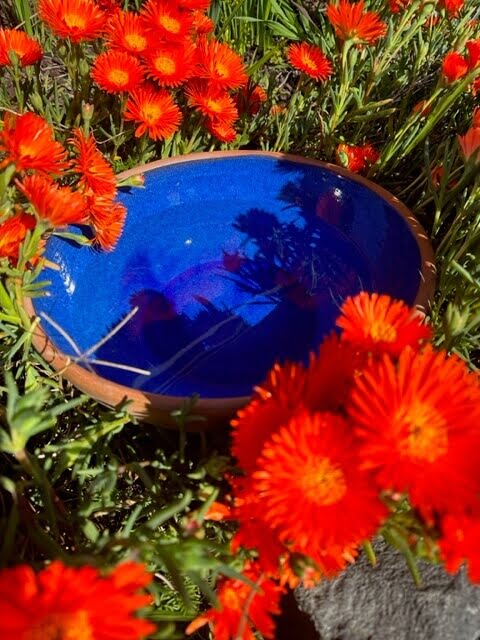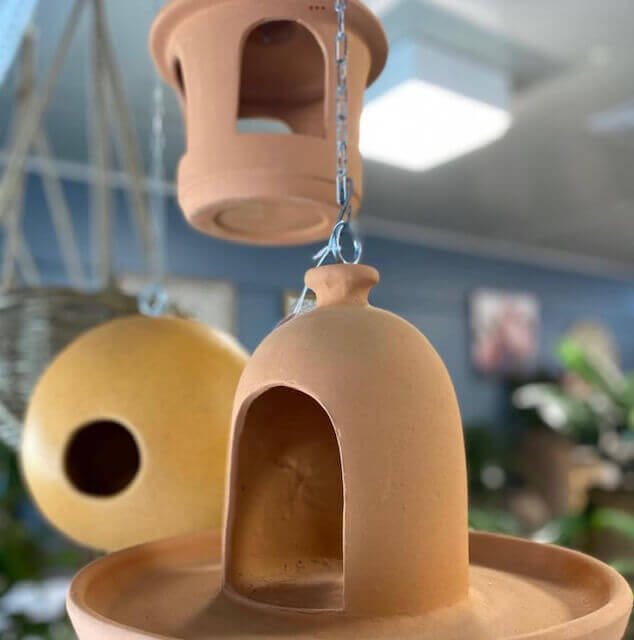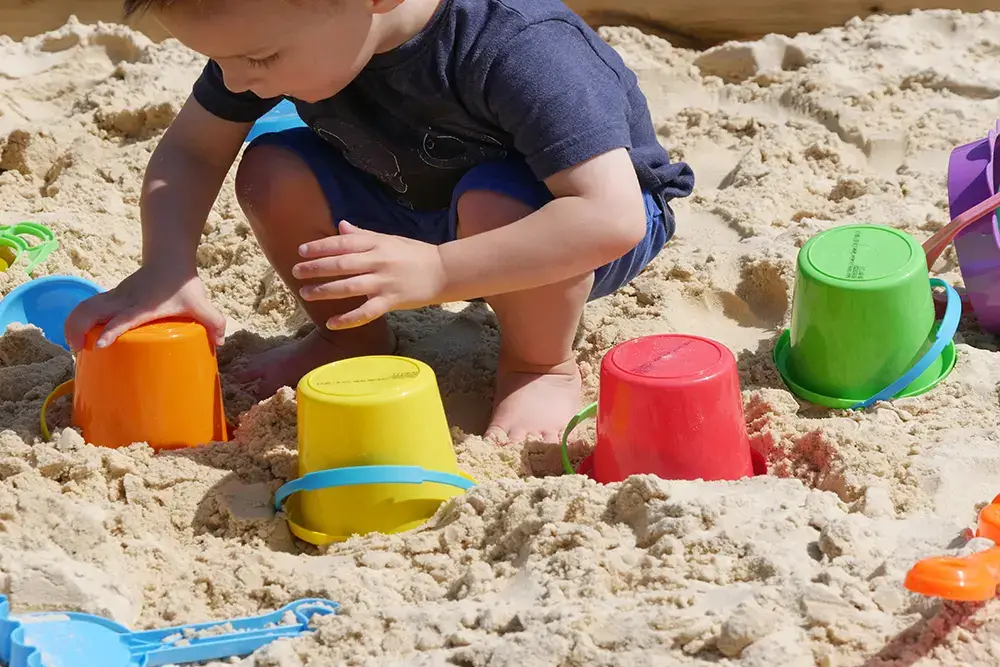No products in the cart.
Exploring the Difference Between Screened Top Soil and Super Blend Top Soil
Introduction:
When it comes to gardening and landscaping, the quality of your topsoil plays a crucial role in the success of your plants. At Kennedy’s Cranbourne landscape garden centre, you can choose between two excellent options. Screened Top Soil and Super Blend Top Soil. In this blog, we will explore the differences between these two products and their specific applications.
Screened Top Soil:
Screened Top Soil is a sandy loam topsoil that is suitable for a wide range of gardening jobs. It has been carefully screened to remove any large debris, with a finer, consistent texture. This makes it ideal for seeding lawns or laying fresh turf. The sandy loam composition promotes healthy root growth and efficient drainage and helps plants to thrive.

Super Blend Top Soil:
On the other hand, the Super Blend Top Soil contains aged fowl manure and sawdust. The ingredients provide a rich source of nutrients. It is high in essential elements like nitrogen, potassium, calcium, and phosphorus. This nutrient-rich composition makes it an excellent choice for fertilising and conditioning your garden beds. It is important to note that the Super Blend Top Soil is not suitable for use around Australian native plants that have specific nutrient requirements.

Applications and Considerations:
1. Screened Top Soil: Use this versatile topsoil for various garden applications. It is perfect for seeding lawns or establishing new turf. Its well-draining properties make it suitable for container gardening as well. When using the Screened Top Soil, be sure to monitor the moisture levels to ensure optimal plant health.
2. Super Blend Top Soil: With its high nutrient content, the Super Blend Top Soil is an excellent choice for enriching your garden beds. It can be used to improve soil structure and fertility, providing a boost for your plants. However, it is important to be mindful of the specific needs of your plant species. Australian native plants, for example, are adapted to low-nutrient soils and may suffer if exposed to excessive nitrogen or phosphorus.
Choosing the Right Top Soil: Selecting the appropriate topsoil for your garden depends on your specific gardening goals and the plant species you are cultivating. If you are looking to establish a new lawn or need a general-purpose topsoil, the Screened Top Soil would be an excellent choice. On the other hand, if you are seeking to enhance the nutrient content in your garden beds or containers, the Super Blend Top Soil can provide the necessary boost.
Conclusion: Kennedy’s Cranbourne landscape garden centre offers two fantastic options for gardeners: Screened Top Soil and Super Blend Top Soil. The screened topsoil is perfect for seeding lawns and general garden applications, while the Super Blend Top Soil provides a nutrient-rich solution for enriching garden beds. By understanding the differences between these two topsoil options, you can make an informed decision and ensure the success of your gardening endeavours.
Drop into our Cranbourne East yard or organise local delivery to Clyde, Berwick, Cranbourne and other local suburbs.


























































 With careful consideration, choosing the right mulch for your garden can give your plants the best start, creating an enjoyable space to relax and unwind around your home.
With careful consideration, choosing the right mulch for your garden can give your plants the best start, creating an enjoyable space to relax and unwind around your home.





